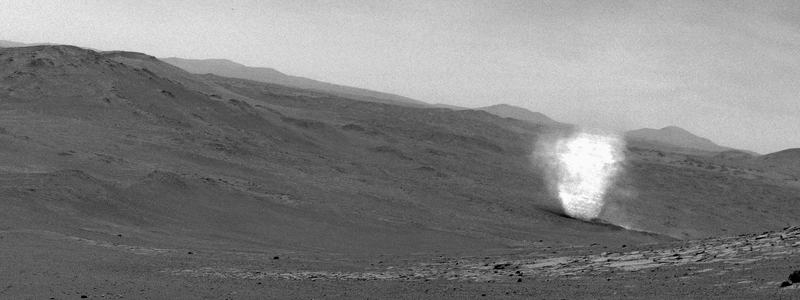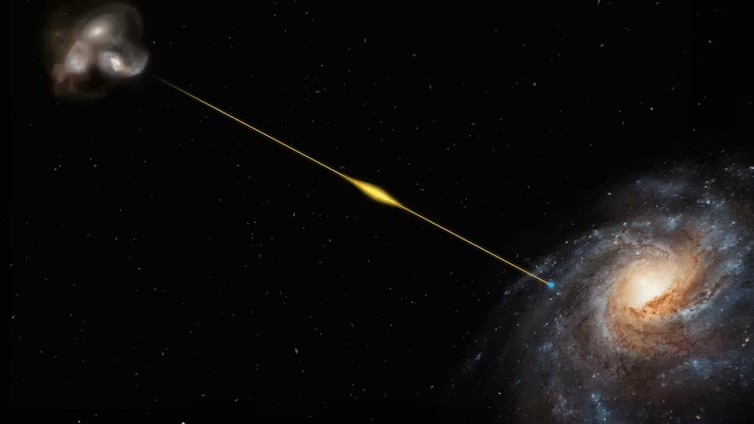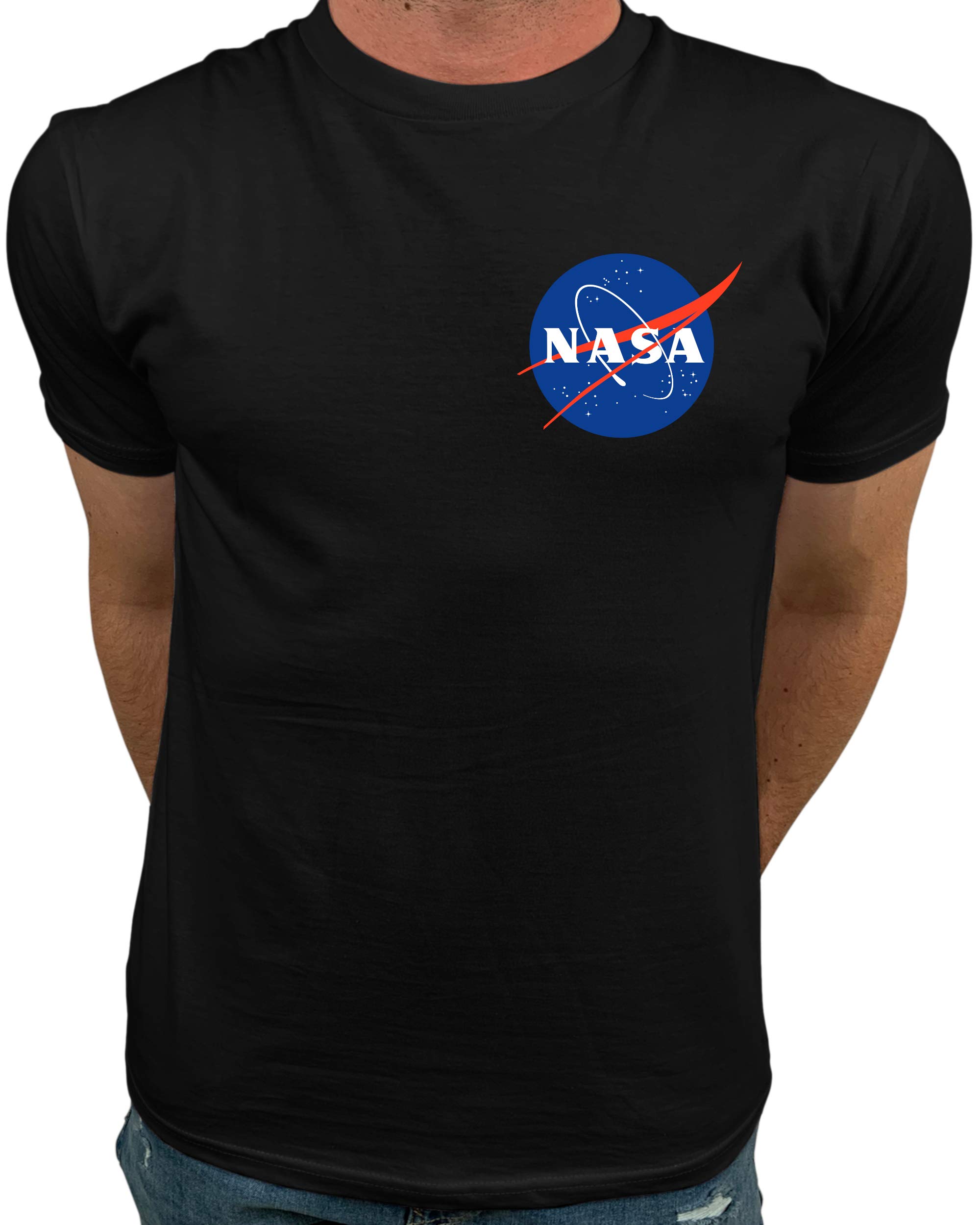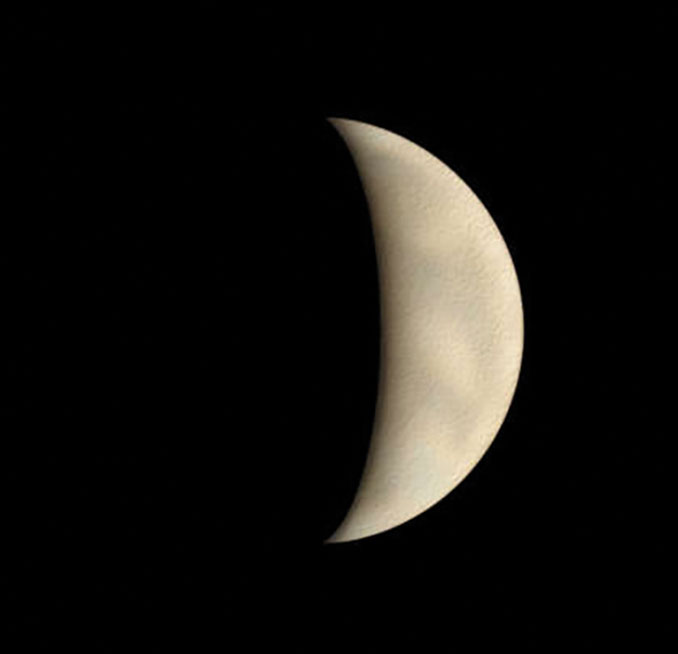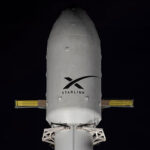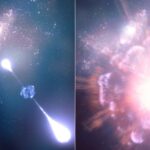Now Reading: Are Geminid meteors striking the moon? See videos
-
01
Are Geminid meteors striking the moon? See videos
Are Geminid meteors striking the moon? See videos
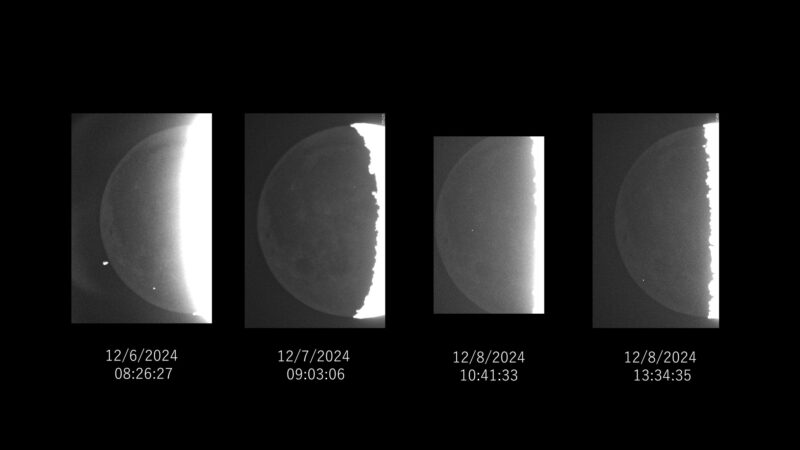
?????1??????????????2024?12?8?22?34?35??????360fps????(?????)??????????????????????????????????????????????????????? pic.twitter.com/iHUq9EuXQg
— ???? (@dfuji1) December 8, 2024
Check out this video from Japanese astronomer Daichi Fujii, the curator of the Hiratsuka City Museum. Fujii caught videos of what might be Geminid meteors striking the moon over the past week. He shared this one on X from December 8, 2024.
The 2025 EarthSky lunar calendar makes a great gift. Get yours today!
Are Geminid meteors striking the moon?
Have you seen any meteors lately? They might be part of the Geminid meteor shower, whose peak is fast approaching. And these little bits of rock not only pummel Earth’s atmosphere, but they strike the moon, too. Japanese astronomer Daichi Fujii, the curator of the Hiratsuka City Museum, has caught videos of meteorites hitting the moon this week … four times! Could they be from the Geminid meteor shower? It’s possible.
Fujii reported meteor impacts on the moon on December 6, 7 and twice on December 8, 2024. He posted some of his videos to his X account.
Fujii was recording the moon when he caught flashes at 17:26:27 UTC on December 6, at 18:03:06 UTC on December 7 and at 19:41:33 UTC and again at 22:34:35 UTC on December 8. The video above is from the second strike, on December 8. Fujii wrote:
There was another lunar impact flash tonight. I filmed it at 360fps from my home at 22:34:35 on December 8, 2024 (slow playback) and was able to confirm it with multiple telescopes. Bright meteors and fireballs have been appearing every day [in Earth’s sky], but lunar impact flashes have also been captured one after another.
Capturing lunar strikes is not new for Fujii. In February 2023, Fujii also captured a video of a meteorite striking the moon.
Are the lunar meteors from the Geminid meteor shower?
Are the lunar impacts captured by Fujii from the Geminid meteor shower? The Geminids are an annual meteor shower that peaks around December 13 to 14 every year. It’s going on now! EarthSky asked Robert Lunsford of the American Meteor Society if the lunar impacts could be related to the Geminids. He told us:
While it’s a bit early for strong Geminid activity, it’s possible that these are Geminid meteors as they are striking the moon from the expected direction. If they are actual meteor strikes, this is an extraordinary number of events as even during the Geminid maximum. Less than one visible strike per night is more typical.
EarthSky also asked Fujii if he thought these meteors could be Geminids. Fujii responded:
Given the position of the radiant, there is a possibility that these lunar impact flashes are associated with the Geminid meteor shower. However, since sporadic meteors still outnumber Geminids in ground-based meteor observations, they may be sporadic meteors.
But NASA has studied past lunar impacts from Geminid meteors, too. In a 2015 study, NASA reported observing 19 Geminid lunar impacts in 2006. And in 2010, it observed 21 Geminid impacts on the moon. So, it does happen. In fact, the 21 Geminid impacts made up 55% of all impacts seen on the moon that year.
However, those impacts studied by NASA were all seen within hours of the Geminid’s peak of activity for those years. And, in 2024, the peak of the Geminids isn’t expected until 21 UTC on December 13.
Still, all things considered, this might be a good year for the Geminids … except for the nearly full moon in the sky!
Read more: Geminid meteor shower 2024 all you need to know
We’re now moving through the stream of cometary debris in space that creates the Geminid meteor shower. The shower’s peak is overnight on Friday, December 13, 2024. But! Bad news … an almost full moon will compete with the Geminids in 2024. Join the EarthSky team of veteran meteor-watchers at 12:15 p.m. CST (18:15 UTC) today, Wednesday, December 11, for Geminid meteor shower prospects and tips!
Another video
Fujii had been recording Saturn near the moon when he noticed the meteor impacts. He spotted all four strikes when he played back his videos. Here’s the first video Fujii shared last week, from 19:41:33 UTC on December 8, 2024.
????????????????????2024?12?8?19?41?33??????620fps??????????????????(?????)??????????????????????????????????????????????6?17?26?27??7?18?3?6??????????????? pic.twitter.com/QPmgJVMgQl
— ???? (@dfuji1) December 8, 2024
Impacts look like bright flashes
The moon has virtually no atmosphere, so when a meteorite hits the moon, it does so at incredible speeds with nothing to slow it down. NASA said, at such high rates of speed:
Even a small meteoroid has incredible energy.
NASA also said:
When a meteoroid strikes the moon, a large portion of the impact energy goes into heat and producing a crater. However, a small fraction goes into generating visible light, which results in a brilliant flash at the point of impact. This can be seen from Earth if the incoming meteoroid has enough kinetic energy.
So it appears Fujii was able to capture this release of energy on the night portion of the moon as it was struck by meteorites.
Are meteorites striking the moon creating an atmosphere?
In a study from earlier this year, researchers at the University of Chicago and Massachusetts Institute of Technology (MIT) said the moon’s extremely tenuous atmosphere is likely thanks to meteorite strikes. As Paul Scott Anderson wrote for EarthSky:
For most purposes, we say the moon has no atmosphere. But, there is one. It’s so thin that it’s almost negligible. It is so tenuous it is measured in individual atoms. Scientists now think meteorite impacts create most of the moon’s atmosphere, according to a new study of soil samples brought back by the Apollo missions in the late 1960s and ’70s. Meteorites hit the moon’s surface and kick up dust. A process called impact vaporization likely creates the majority of the moon’s atmosphere.
More lunar observing ahead
Fujii told EarthSky that he ran a meteor observation group campaign this year during the Taurid meteors in November. And he plans to do it again for the Quadrantids in early January. Fujii told us:
Observing conditions for lunar impact flashes are expected to be good during the Quadrantid meteor shower next year, and many flashes are likely to be observed. I plan to observe as well and to conduct a joint observation campaign with the citizens.

Bottom line: Over the past week, Japanese astronomer Daichi Fujii has captured videos of bright flashes on the moon. Could they be Geminid meteors striking the moon? See the videos here.
Read more: Geminid meteor shower 2024 all you need to know
Read more: Did meteorites create the moon’s atmosphere?
The post Are Geminid meteors striking the moon? See videos first appeared on EarthSky.
Stay Informed With the Latest & Most Important News
Previous Post
Next Post
-
 012024 in Review: Highlights from NASA in Silicon Valley
012024 in Review: Highlights from NASA in Silicon Valley -
 02Panasonic Leica Summilux DG 15mm f/1.7 ASPH review
02Panasonic Leica Summilux DG 15mm f/1.7 ASPH review -
 03How New NASA, India Earth Satellite NISAR Will See Earth
03How New NASA, India Earth Satellite NISAR Will See Earth -
 04And Thus Begins A New Year For Life On Earth
04And Thus Begins A New Year For Life On Earth -
 05Astronomy Activation Ambassadors: A New Era
05Astronomy Activation Ambassadors: A New Era -
 06From Polymerization-Enabled Folding and Assembly to Chemical Evolution: Key Processes for Emergence of Functional Polymers in the Origin of Life
06From Polymerization-Enabled Folding and Assembly to Chemical Evolution: Key Processes for Emergence of Functional Polymers in the Origin of Life -
07SpaceX launch surge helps set new global launch record in 2024












